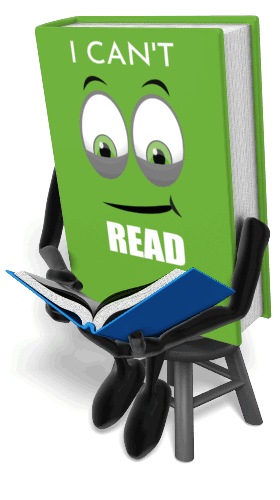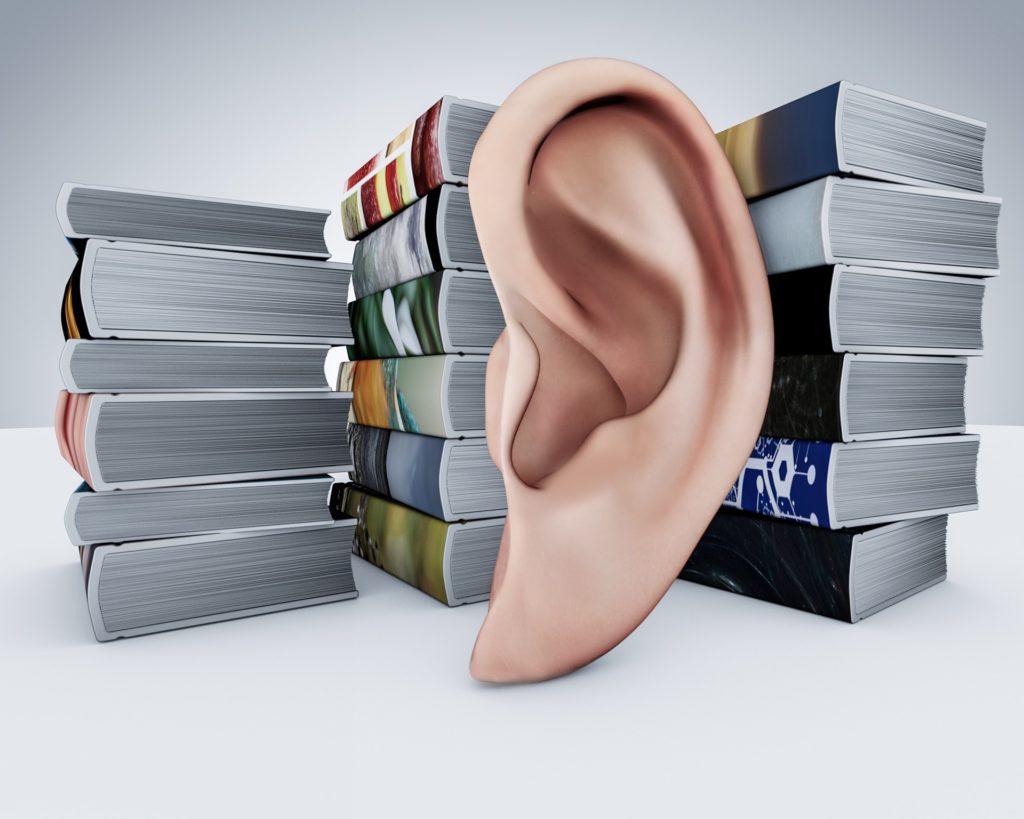Effective time management is associated with greater student learning and outcomes, and lower levels of anxiety in students.


At the beginning of my parenting journey, I came across this quote, “There are only two lasting bequests we can hope to give our children. One of these…is roots, the other, wings.”

According to Quote Investigator, the earliest evidence of this saying comes from a book by a prominent 1953 newspaper editor, Hodding Carter, in which he said a “wise woman” said those words to him.
One day, I would like to meet Ms. Anonymous. Many profound statements have been made by her.
When I first learned that my daughter was dyslexic, I was crushed. The plans I had; the dreams I’d cherished disappeared the moment I read the dyslexia specialist’s evaluation report.
As in any other loss, I went through the grieving process.
Denial
First, I thought she had made a mistake. Perhaps my daughter had just misunderstood some of her questions and directions. My brilliant child could not have the D word.
Anger
“Why me?” I asked God. After all, I am the academic in my family. “Why would you do this to embarrass me?” My friends expected my daughter to be a genius. Now, instead I would be humiliated. I didn’t even know anyone with a dyslexic child.
Bargaining
If only I had spent more time teaching her the basics… If only I had homeschooled her… If only… If only… If only…
“Okay, God, I’ll do better. Can you make this go away?”
Depression
“I’m an introvert, so I’ll just keep to myself and tell no one,” I thought.
Acceptance
Finally, I arrived at a place of acceptance. This is the hand I was dealt, so God must have a good reason. After all, He said that all things work together for good to those who love Him. The time had come to buckle down, do some research, and tackle this monster. When all is said and done, I am more than a conqueror.
This was the point when I sat down, reflected, prayed, and made a plan. I am resilient – my mother taught me how. I am a winner – my father instilled that in me.
I picked up myself, dusted off my mental dross, and stepped out to vanquish dyslexia. I resolved to give my daughter roots and wings.
Roots so deep that no one could shake her belief in herself… her gifts and abilities.
Wings so wide that nothing would keep her from reaching her highest goal in life.
How to give your child roots and wings:
Most importantly, come to a place of acceptance quickly.
Make memories in elementary school:
Highlight her strengths and use them to build her weaknesses.
Counterbalance the negatives teachers and other authority figures pour into her.
Read about that in my first letter to her here.
Make memories during the middle school years:
Find and implement programs available to strengthen the weak skills. Not just the popular ones, but also try those that may only have anecdotal evidence. If they worked for someone else, they may work for you.
Travel. Let her see social studies in action in real life. Take her to various countries. Let her explore the real world.
Check out my letter recounting my daughter’s middle school experience.
Make memories while she is in high school:
Teach her self-advocacy. Help her discover how she learns and provide the support and encouragement for her to travel on her own. Let her build confidence in her ability to surmount the most challenging difficulties.
Discuss every topic she’s interested in. Be prepared for your knowledge and imagination to be stretched.
Give her space to grow into her personality. Look at her graduation letter here.
Be a safety net for her during her young adulthood:
When my daughter went away for college, I visited regularly, and we chatted on the phone frequently.
Her friends got acquainted with me and I became a mentor to some and a surrogate mom to others.
Throughout the years, at different intersections of life, my daughter thanked me for the way I raised her and the consistent support I gave.
She still has some challenges, but she has learned how to roll with them.
On the other hand, she has excelled in the areas of her gifting, and receives ongoing accolades.
Many years ago, I come across some books and tapes by Dr. Denis Waitley. This poem of his resonated with me, and I hope it does with you, too.
A poem to parents…from their teenage child If I had two wishes, I know what they would be I'd wish for Roots to cling to, and Wings to set me free; Roots of inner values, like rings within a tree, And Wings of independence to seek my destiny. Roots to hold forever to keep me safe and strong, To let me know you love me, when I've done something wrong; To show me by example, and help me learn to choose, To take those actions every day to win instead of lose. Just be there when I need you, to tell me it's all right, To face my fear of falling when I test my wings in flight; Don't make my life too easy, it's better if I try, And fail and get back up myself, so I can learn to fly. If I had two wishes, and two were all I had, And they could just be granted, by my Mom and Dad; I wouldn't ask for money or any store-bought things. The greatest gifts I'd ask for are simply Roots and Wings. By Denis Waitley
As you ponder the future, what is your major goal for your child?
Most dyslexic children do not want to get out of bed on a school day. The younger ones may still be tired after a long night completing home work. In addition to that, the older ones have social issues – being called dumb or lazy, being stared at or whispered about behind their backs.

Follow Henry through one day at school.
Has your child ever pretended to be sick to avoid going to school?
What did you do?
The most common struggle dyslexics experience is an inability to read. They have extreme difficulty identifying letters, converting those letters into sounds and putting them together to make words.

During the times of the apprenticeship era, there was not the great need to read as there is today. People learned by observing and doing. Kinesthetic learning was the norm.
With the dawn of the industrial revolution, however, there arose the need to educate the masses to work in the resulting businesses.
The invention of the printing press merged perfectly with this need for mass education. This made it possible to put knowledge into a system that could be spread out on a national level. Hence, the proliferation of textbooks. Only then did those with dyslexic minds begin to have problems.

According to Dean Bragonier, founder and executive dyslexic of NoticeAbility, the dyslexic mind is able to “look at a situation, identify seemingly disparate pieces of information and blend those into a narrative or tapestry that makes sense” to them. Most people are unable to perceive the situation in the same way.
This ability translates into levels of exceptional success needed in some vocational paths, for example, entrepreneurship, engineering, architecture and the arts.
In spite of that, they are at a great disadvantage during their years in school.
There are three ways of accessing information: eye reading (print books), ear reading (recorded or audiobooks), and finger reading (braille). While information is commonly made available in braille for blind children, dyslexic children are mandated to eye read print books, and when they have trouble doing so, are labeled as lazy, stupid or unmotivated to learn.

Ear reading is not new. As early as 1931, the American Foundation for the Blind and the Library of Congress Book for the Blind Project established the Talking Book Program. Here is an abridged history of audiobooks:
1934: The first recordings are made for the Talking Book Program and include parts of The Bible, The Declaration of Independence, and Shakespeare’s plays.
1948: The Recording for the Blind program is founded (in 1995 renamed Recording for the Blind and Dyslexic, and in 2011 renamed Learning Ally).
1952: Caedmon Records is formed in New York and is a pioneer in the audiobook industry.
1955: Listening Library is founded and is the first to distribute audiobooks to libraries and schools.
1970s: Libraries start carrying audiobooks.
1985: Publishers Weekly identifies 21 audiobook publishers including Caedmon, Recorded Books, Books on Tape, Harper and Row, and Random House.
1980s: Bookstores start to display audiobooks on bookshelves instead of in separate displays.
1986: The Audio Publishers Association is created.
1997: Audible debuts the first digital audio player.
2011: Audiobook self-publishing becomes possible with the Audiobook Creation Exchange (ACX).
2012: Audiobook annual publication increases 125% from 7,200 to 16,309.
(Source: The Audio Publishers Association)
Dyslexic clinical psychologist, Dr Michael Ryan, gives some recommendations when using audiobooks:

With this longstanding history, I wonder why aren’t schools more accepting of ear reading as a method for testing the knowledge of those children who are dyslexic, and audiobooks for textbooks?
What has been your experience with audiobooks?
Have you used recorded textbooks for your children?
Today, I continue to put a megaphone to my voice to help children with dyslexia get the support they need to succeed – from parents, teachers, and everyone with whom they come into contact.

Most dyslexic people have strong visual/spatial abilities and weak auditory skills. How does that translate to real-life and living?
One important area that has significant consequence in childhood is following directions. This requires accessing of linguistic information presented in different forms.
Because this learning and thinking difference occurs on a spectrum, the level of difficulty following directions will vary from one dyslexic to another.
Some children have poor sight-word recognition but they are able to process language adequately. They understand phonics and apply it to reading, but have memory problems that translate to, among other things, following verbal or written directions.
Others have trouble processing language but are able to recognize sight words, so they rely on sight words when they see unknown words but are unable to sound them out. These children take mental pictures of word patterns and are able to read. These are the children who say “the” for any word that has that letter combination in it, like, their, there, them, they, etc.
Then there are those children with a mixture of the two. Their difficulty is a combination of the two experiences above.
In a very short video clip, Nessy illustrates how a child may appear to be lazy when, in fact, he has forgotten a direction given. Check it out here.
Instead of slapping labels on children who have difficulty following your directions, or punishing them for “deliberately” disregarding your instructions, seek ways of making the direction as easy as possible to visualize.
How have you felt when you could not remember all the instructions given to you or were distracted by something, then forgot directions you were following?